Most of California, and the entire California coast, is identified as a Global Biodiversity Hotspot, called the California Floristic Province. Like the other Global Hotspots, this area has a high number of species that are endemic, meaning that they are native to this area and are found nowhere else.
Every year, The California Academy of Sciences (CAS) asks people to document this extreme biodiversity through a bioblitz event called Snapshot Cal Coast. During the bioblitz, citizen scientists use iNaturalist to document all of the flora and fauna that they find in a specific coastal location. This year, the sixth annual Snapshot Cal Coast runs from today, Friday June 11 through, Wednesday, June 30.
You’re invited to bioblitz in the Morro Bay estuary and beyond!
Please help us document biodiversity in and around the Morro Bay estuary during this year’s Snapshot Cal Coast. You will find a wide range of species along the Marina Peninsula Trail, in Windy Cove, on the Morro Bay sandspit, in Sweet Springs Nature Preserve, in the El Morro Elfin Forest, and many other locations along the estuary’s shoreline.
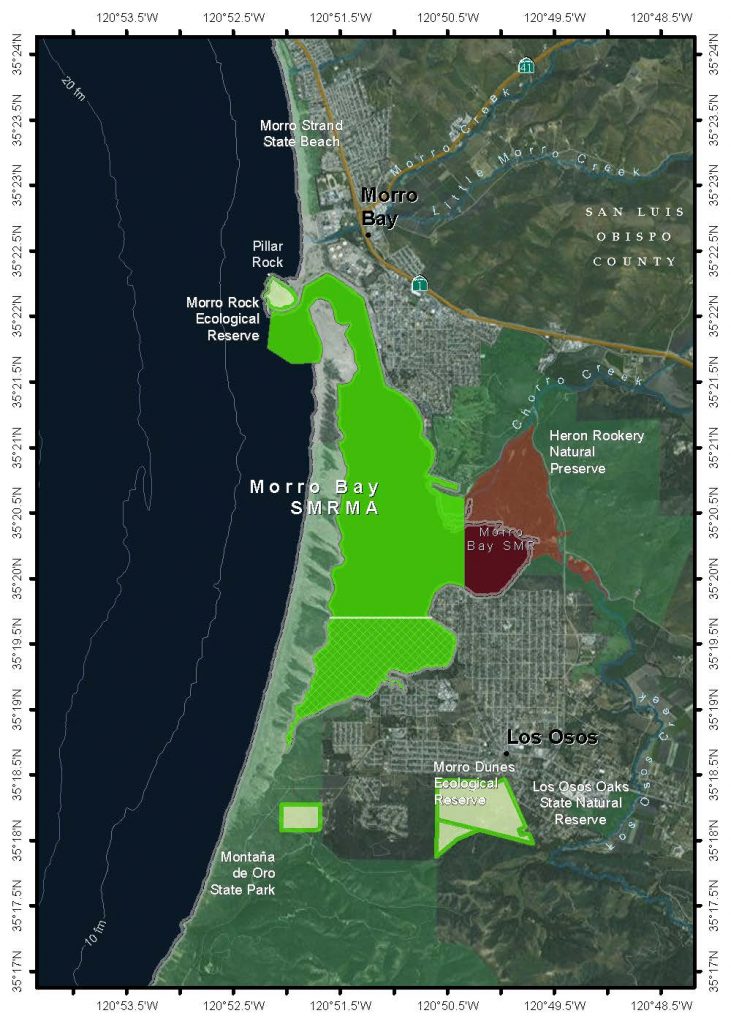
Preparing for your bioblitz
All you’ll need is a smart phone or a tablet with a cellular connection. Before you head out to the spot you’ve chosen, download the free iNaturalist app and create an account. Make sure to allow the app to access your photos; this setting allows you to upload photographs of any plant or animal you see. Next, check out the helpful tutorials on the iNaturalist website. Here are a few to get you started:
- This tutorial covers how to make an observation in the app
- This video tutorial will help you take high quality photographs for identification purposes
- This is a link to the Snapshot Cal Coast 2021 Project and its requirements. You will want to add your observations to this project, too.
During your bioblitz
The next step is to head out to your location. The idea is to document as many different species, both flora and fauna, as possible to provide a complete picture of the wildlife in that location. Don’t worry about looking for rare species, take pictures of any living thing you happen upon. You can identify the plants and animals you photograph in iNaturalist if you know what they are, but it’s fine to leave the ID information blank. Someone else will likely see your photograph on the iNaturalist map and suggest an ID.
Species documented
During the 2018 Snapshot, 788 participants made 14,896 observations that documented more than 1,600 species across the state. Prior to the COVID-19 pandemic, the Estuary Program led annual bioblitz walks at the Morro Bay State Park Marina Peninsula Trail during CalCoast Snapshot. During that time, volunteers have made 197 observations documenting 114 different species. That’s a rate of 38 species per hour. Not bad! Here are some photographs from species observed during our bioblitz events.
Rockweed
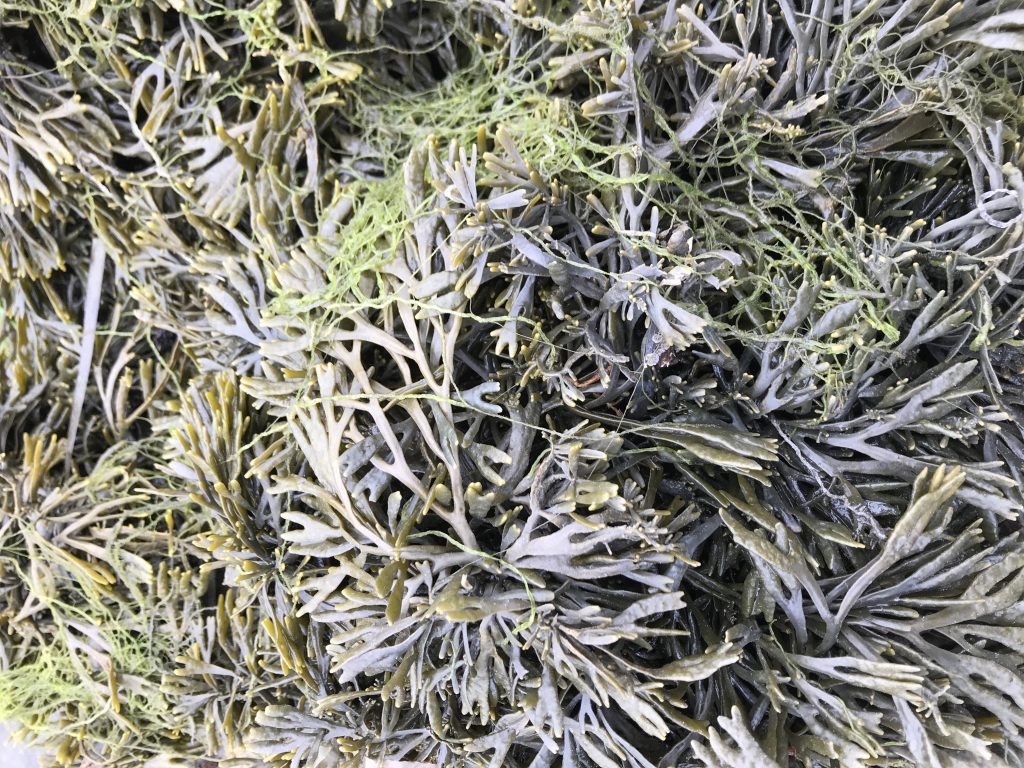
Deerweed
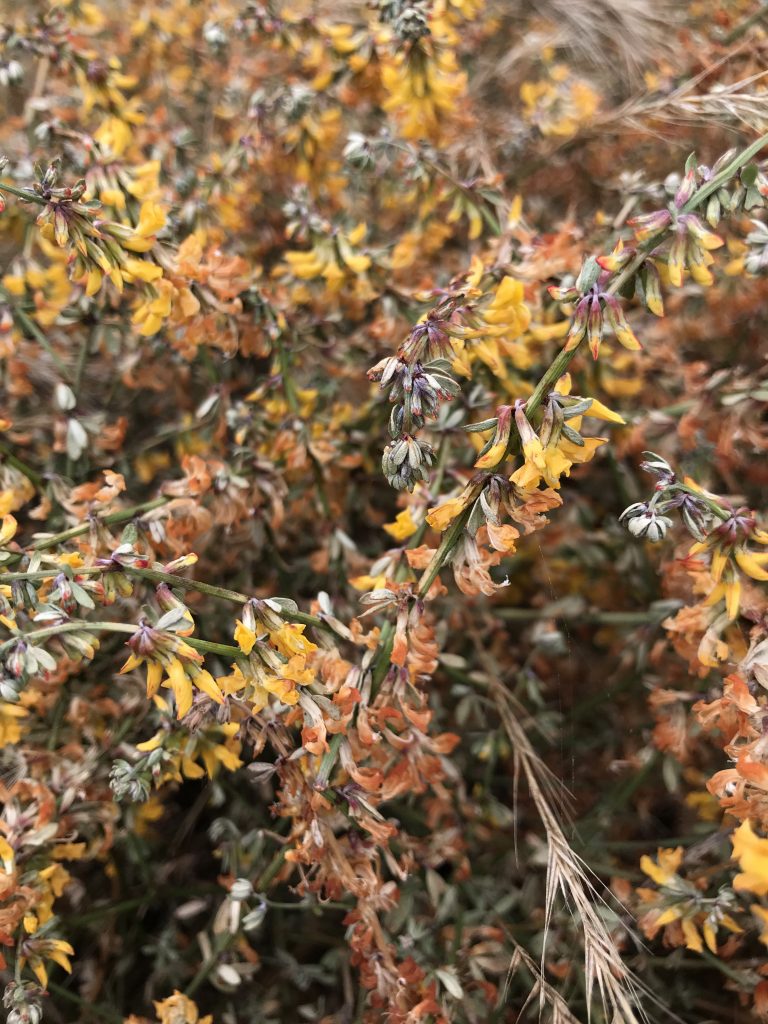
Barnacles
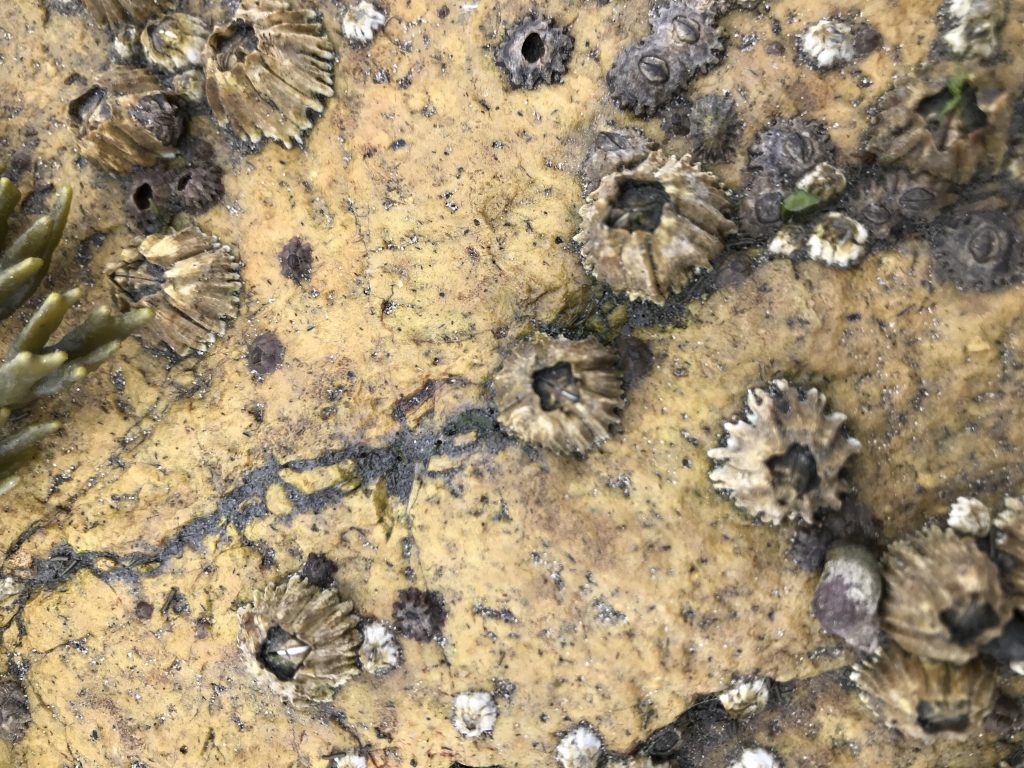
Ulva, or sea lettuce
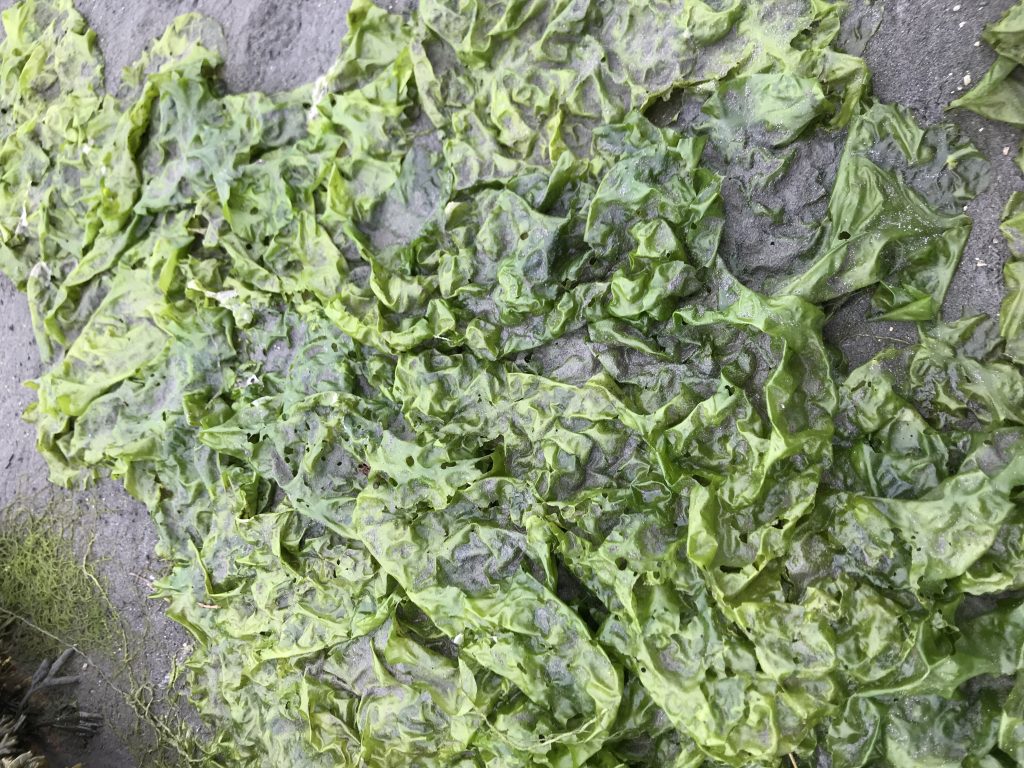
California horn snails
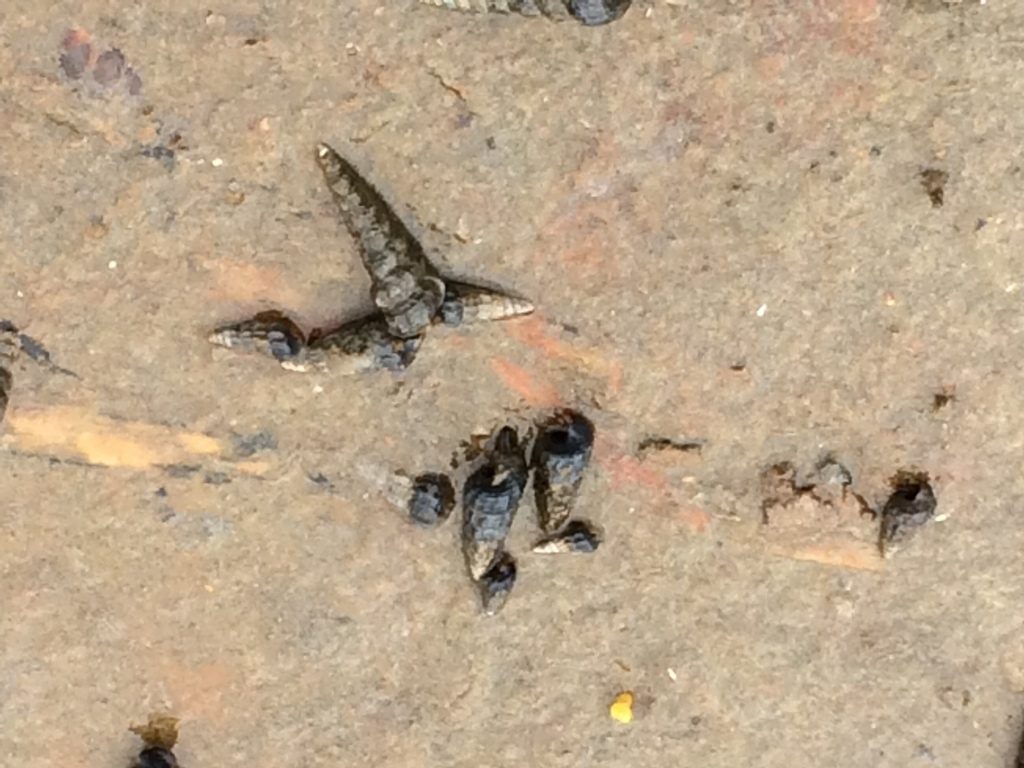
Morro Bay Estuary Biodiversity Project lets you bioblitz all year long!
Please add your observations to the Morro Bay Estuary Biodiversity project, too! This is an ongoing database of plants and animals seen in and around the Morro Bay estuary and watershed over the years. You can contribute to it year-round.
When our volunteers make observations that are outside of the geographic boundaries for the Snapshot Cal Coast project, but inside of the Morro Bay estuary or watershed, we encourage them to document the species in the Morro Bay Estuary Biodiversity Project.
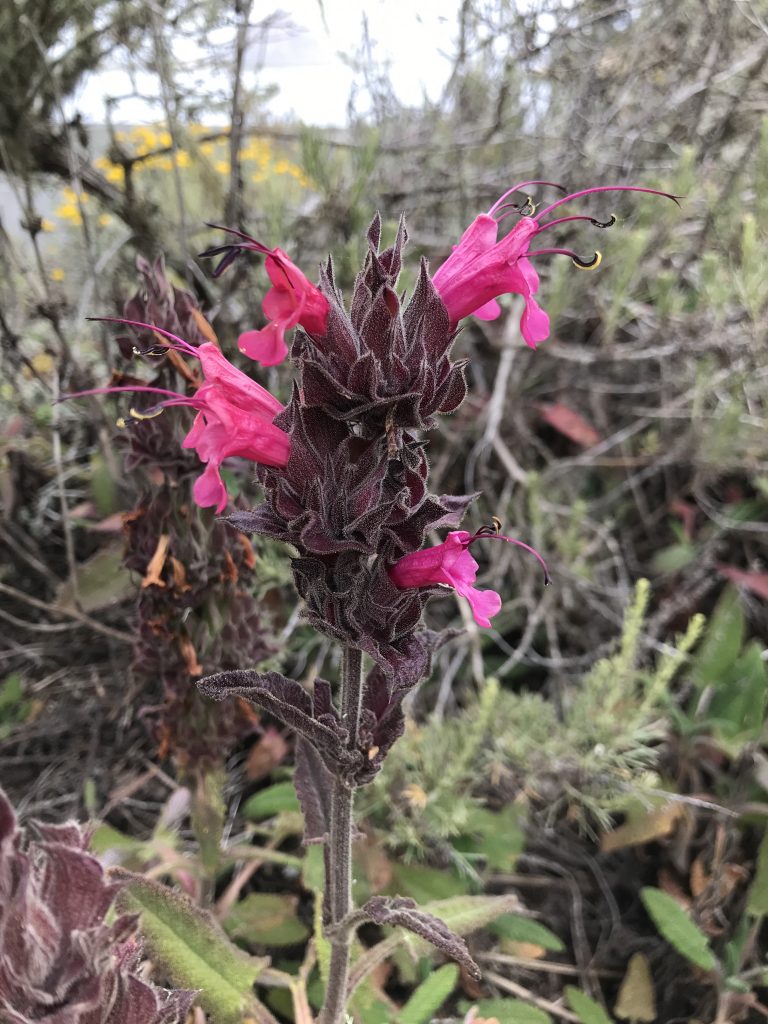
iNaturalist tutorial
See this helpful tutorial from iNaturalist to get started on your bioblitz!
Subscribe to our weekly blog to have posts like this delivered to your inbox each week.
Help us protect and restore the Morro Bay estuary!
- Donate to the Estuary Program today and support our work in the field, the lab, and beyond.
The Estuary Program is a 501(c)3 nonprofit. We depend on funding from grants and generous donors to continue our work. - Support us by purchasing estuary-themed gear from ESTERO. This locally owned and operated company donates 20% of proceeds from its Estuary clothing line and 100% of Estuary decal proceeds to the Estuary Program. Thank you, ESTERO!
- Purchase items from the the Estuary Program’s store on Zazzle. Zazzle prints and ships your items, and the Estuary Program receives 10% of the proceeds. Choose from mugs, hats, t-shirts, and even fanny packs (they’re back!) with our fun Estuary Octopus design, our classic Estuary Program logo, or our Mutts for the Bay logo.
